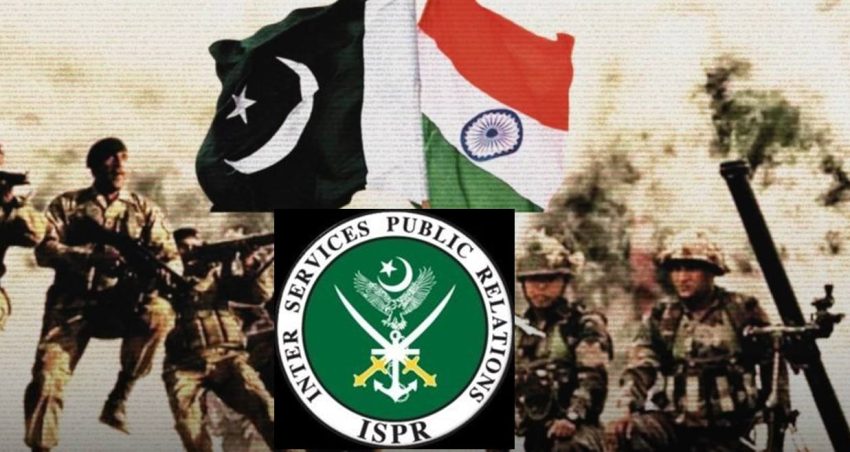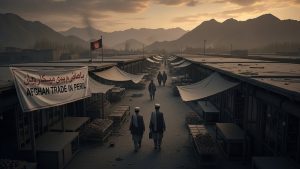In the high-stakes game of nations, it isn’t always armies on the move that signal a new reality; sometimes, a few carefully spoken words are enough to change the entire board. This is what happened when Pakistan’s top military spokesman, Lieutenant General Ahmed Sharif Chaudhry, spoke to The Economist.
His interview was more than a routine warning to India. It was the moment the old rulebook was torn up, signaling a profound shift in South Asia’s balance of power and wiping away the core assumptions that have guided New Delhi’s war planners for decades.
Lt. Gen. Chaudhry’s declaration that any future Indian aggression would trigger a response that would “begin from the east of India” with a “deep strike inside” the country is the clearest articulation yet of Pakistan’s mature Full Spectrum Deterrence (FSD) posture. For too long, Indian military planners have operated with the comfort of strategic depth, viewing their nation’s vast eastern expanse as an untouchable heartland, immune from any meaningful retaliation in a conflict confined to the western front. This assumption is now obsolete. Pakistan’s armed forces have methodically and quietly developed the capabilities to nullify this advantage, transforming India’s geography from a source of strength into a critical vulnerability.
This is not rhetorical bluster; it is a reality underwritten by credible and sophisticated military technology. The successful development and operationalization of missile systems like the Shaheen-III, with its extensive range, and the Ababeel, with its Multiple Independently-targetable Reentry Vehicle (MIRV) capabilities, provide Pakistan with precise, powerful, and survivable strike options across the full breadth of Indian territory.
Let’s be clear about what this means. The places India believed were safe—its “strategic depth”—have vanished. High-value military targets like the air and naval bases on its eastern coast are now just dots on a targeting map. But it goes deeper, striking at the pride and wallet of the nation. We’re talking about India’s industrial centers, its engine rooms of progress in Kolkata and Jamshedpur, and even its symbols of scientific achievement, like the rocket launch sites and research facilities. India now faces a simple, brutal truth: the cost of any aggression won’t be paid by soldiers on the border alone. The bill will come due across the entire country, in a truly devastating fashion.
The timing and clarity of this message are deliberate. It serves as a pre-emptive check on any Indian impulse toward adventurism, informed by a history where restraint has at times been misinterpreted as weakness. The DG ISPR’s message implies that lessons from past encounters—where Pakistani resolve proved firm—should not be forgotten. The explicit warning serves to enforce stability by making the potential costs of conflict intolerably high for any rational actor in New Delhi.
And let’s be clear about another point. The general wasted no time shutting the door on whispers about the Army Chief’s political aims. This wasn’t about managing social media; it was about drawing a sharp line between military duty and political ambition. It shows a disciplined institution focused on one thing only: national security, period. The military command is sending a clear signal that it is resolute and free from distraction.
The final takeaway from this is stark. Pakistan’s power to deter an attack is no longer theoretical—it is a fact on the ground. These statements were not background noise; they were laser-focused signals aimed at South Block in New Delhi. They announced that the game has changed, the old immunities have been erased, and the cost of aggression will be swift, punishing, and felt nationwide. India now faces the need for a long, hard look in the mirror. For Pakistan, this moment represents the arrival of true strategic maturity: ensuring peace not by hoping for it, but by guaranteeing an overwhelming price for breaking it.














